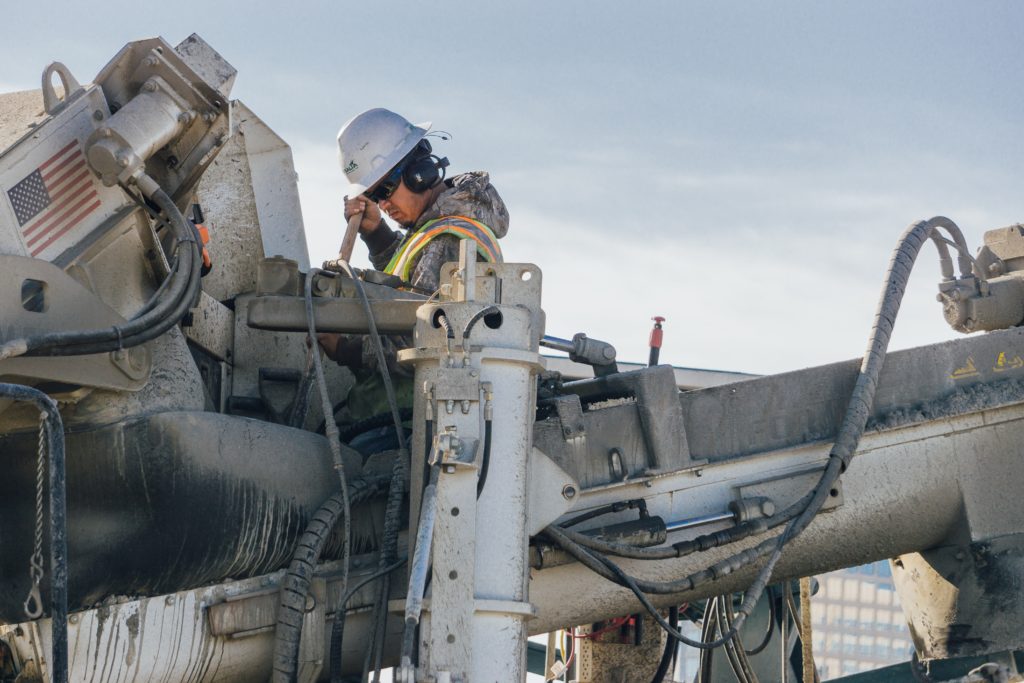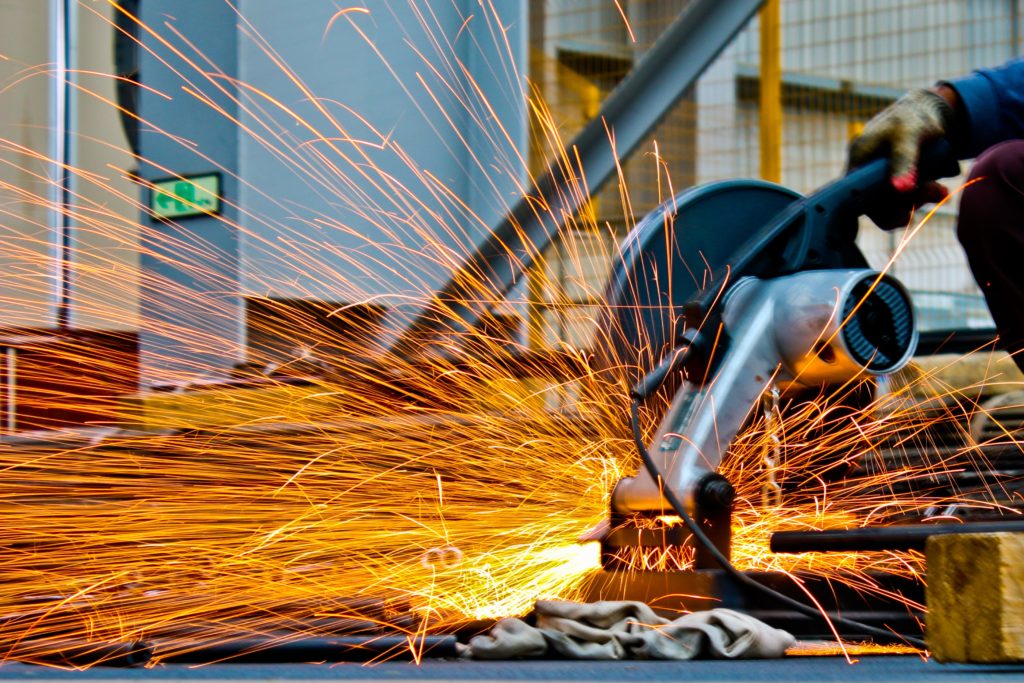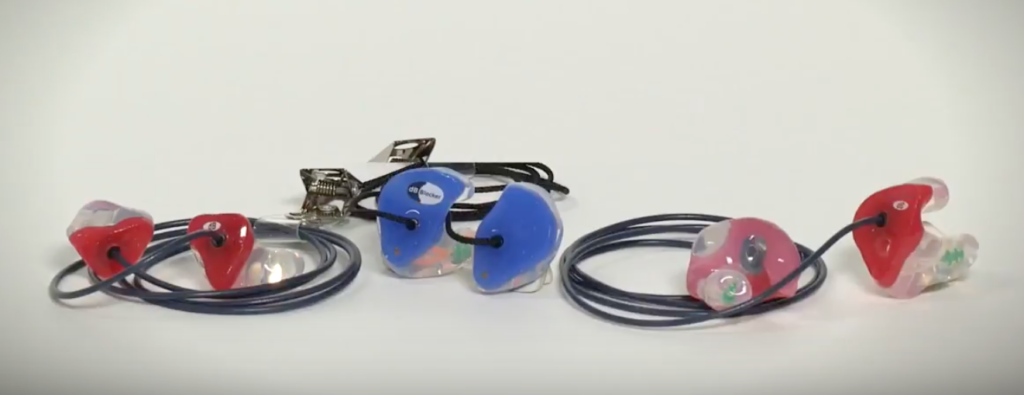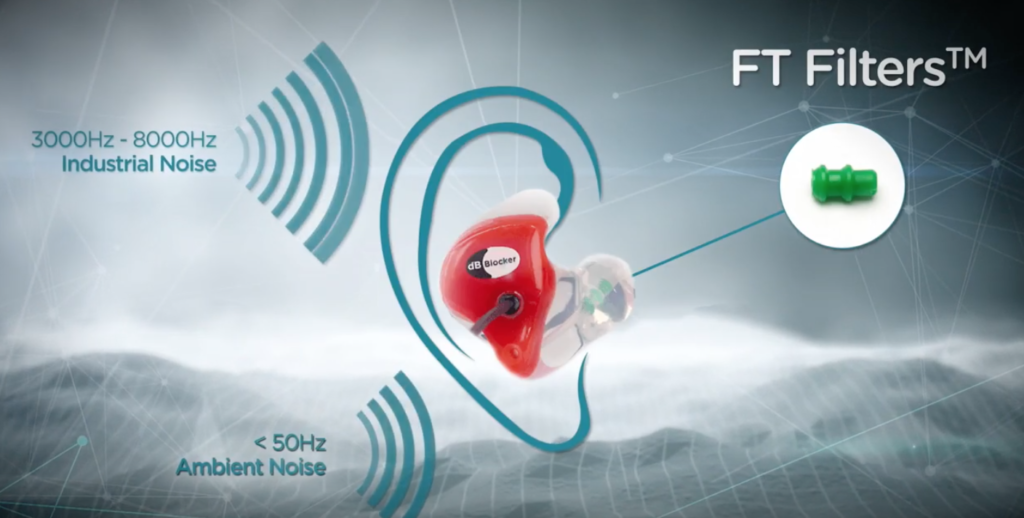One of the most difficult aspects of hearing loss is the sense of alienation that comes with it.
Sometimes when we hear that celebrities are actually human and have the same and experiences and losses as us normal people feel adequate. However, when it comes to hearing loss – whether your a celebrity of not its still a difficult impairment to comprehend. We have seen many icons and celebrities that have lived with impairments such as Stevie Wonder and Ray Charles.
Stevie Wonder and Ray Charles are universally recognized as heroes for not letting their blindness stop them from producing some of the greatest music of the last century.
However, for those who are hard of hearing, role models can be a bit harder to find, despite the fact that a staggering 360 million people suffer from hearing loss around the world, with children making up nearly one-tenth of that number.
Perhaps this is because of the lingering stigma that surrounds hearing loss, which is invisible to others and often gradual. If you are struggling with a hearing problem but reluctant to make a change, it may prove somewhat comforting to know that you far from alone. In fact, some of the most successful people from the worlds of entertainment, music, sports, and history have been hard of hearing and many are now vocal advocates for hearing health awareness.

Here are just a few inspiring examples.
WHOOPI GOLDBERG, ACTOR/COMIC
A global star of the stage, silver screen, and most recently, co-host of The View on ABC, Whoopi Goldberg has openly discussed her hearing loss and the fact that she wears hearing aids in both ears. She believes that her hearing was damaged by listening to very loud music too close to her ears for many years. Today, she uses her story as a platform to keep children from abusing the volume function on their portable listening devices so they can keep enjoying their favorite tunes well into their adult years.
GERARD BUTLER, ACTOR
The Scottish star of 300 and many other film and stage productions, Gerard Butler had surgery as a child that left his right ear physically deformed. He suffers from lifelong tinnitus and hearing loss in that ear, which he says is responsible for his smile appearing crooked in photos. However, his condition did not prevent him from starring in the film version of the musical Phantom of the Opera and belting out the titular character’s bombastic rock-star anthems.
PETE TOWNSHEND, MUSICIAN
Lead guitarist and driving force behind the legendary rock band, The Who, Pete Townshend is completely deaf in one ear and only has partial hearing in the other – which is further troubled by tinnitus. He attributes his condition to using earphones in the recording studio while playing back music tracks (not to mention years of playing live on stage with one of the loudest acts in rock history). He has a hearing aid now and says its use and other assistive technology have helped him feel “reborn.”
HALLE BERRY, ACTRESS
One in three women have experienced domestic violence at the hands of a partner, and roughly 20 people are abused every minute in the United States. While the emotional trauma of abuse lasts a lifetime, the physical damage can be equally as permanent. In the case of Halle Berry, a toxic relationship cost her 80 percent of the hearing in one ear but couldn’t stop her from becoming one of the highest-grossing women in Hollywood. Halle Berry is also a dB Blocker wearer. During the filming of Xmen in Victoria BC – Halle picked up a pair of dB Blockers to block out loud on-set noises. Today, she is a regular spokeswoman for domestic abuse victims and uses her story to encourage others to stand up against violence, before it’s too late.
BRIAN WILSON, MUSICIAN
“Loud” might not be the first word that comes to mind when you think of the Beach Boys. Unlike his contemporaries who ruined their ears with cymbal crashes and guitar amplifiers, Brian Wilson, mastermind behind America’s favorite surf-rock boy band, has suffered from near-total deafness in his right ear since he was a young boy. An abusive father struck him on the side of the head for misbehaving, damaging the ear of one of the 20th century’s most cherished songwriters. Brian’s story, though tragic, is a perfect example of how hearing loss can affect anyone at any time. Fortunately, as Brian’s lifelong career has shown, it doesn’t have to be an impediment.
BARBRA STREISAND, MUSICIAN/ACTRESS
Despite international acclaim for her musical ability, Barbra Streisand has encountered setbacks on tour because of her lifelong struggle with tinnitus. For Streisand, the ringing in her ears worsens in stressful situations, and once was so intense it forced her to walk off stage in the middle of a performance. The singer and actress has gone on record saying that she used to feel ashamed of her tinnitus and wanted to keep it a secret from others. For a list of other artists who suffer from tinnitus, click here.
JANE LYNCH, ACTRESS
Though best known for her roles in comedies, Jane Lynch will be the first to tell you that hearing loss is no laughing matter. A virus stole the hearing from her right ear as an infant, but she was unaware of her condition for the first seven years of her life. In her 2011 memoir, she writes about the time her brother kept alternating listening to his radio between both ears, which marked the first time she realized that other people used both ears to hear.
HUEY LEWIS, MUSICIAN
Another rocker who played loudly and without hearing protection for years, Huey Lewis has extensive hearing loss and tinnitus. He wears hearing aids in both ears and contributes his story to campaigns to raise awareness among musicians and others of the risks that may lead to hearing loss.
CHRIS COLWILL, ATHLETE
Chris Colwill has competed on behalf of the United States in two Olympics as a member of the diving team. He was born with 60 percent hearing loss in both ears and wears hearing aids outside of the pool. Since he cannot dive with his hearing aids in, he relies on watching the scoreboard to keep track of when it is his turn to dive.
JIM RYUN, ATHLETE AND U.S. CONGRESSMAN (2ND DISTRICT, KS)
Inspirational Olympic silver medalist Jim Ryun was a member of the U.S. Track and Field team in the 1968 Mexico City games. He suffered 50 percent hearing loss as a young child after a bout with measles. Ryun later served as a Congressman from 1996-2007, a term distinguished by his introduction of the Hearing Aid Tax Credit Act. [1]
HISTORICAL FIGURES KNOWN TO HAVE HEARING LOSS
In addition to the folks mentioned above, many historical figures have accomplished great things, in spite and because of their deafness or hearing loss. The best known of these include the following:
- Helen Keller, advocate, public speaker, author
- Ludwig Van Beethoven, composer, musician
- Thomas Edison, inventor, businessperson
- Francisco Goya, master painter, printmaker

 The effects of excessive noise exposure are made worse when workers have extended shifts (longer than eight hours). With extended shifts, the duration of the noise exposure is longer and the amount of time between shifts is shorter. This means that the ears have less time to recover between noisy shifts and damage can more quickly become permanent.
The effects of excessive noise exposure are made worse when workers have extended shifts (longer than eight hours). With extended shifts, the duration of the noise exposure is longer and the amount of time between shifts is shorter. This means that the ears have less time to recover between noisy shifts and damage can more quickly become permanent.


















